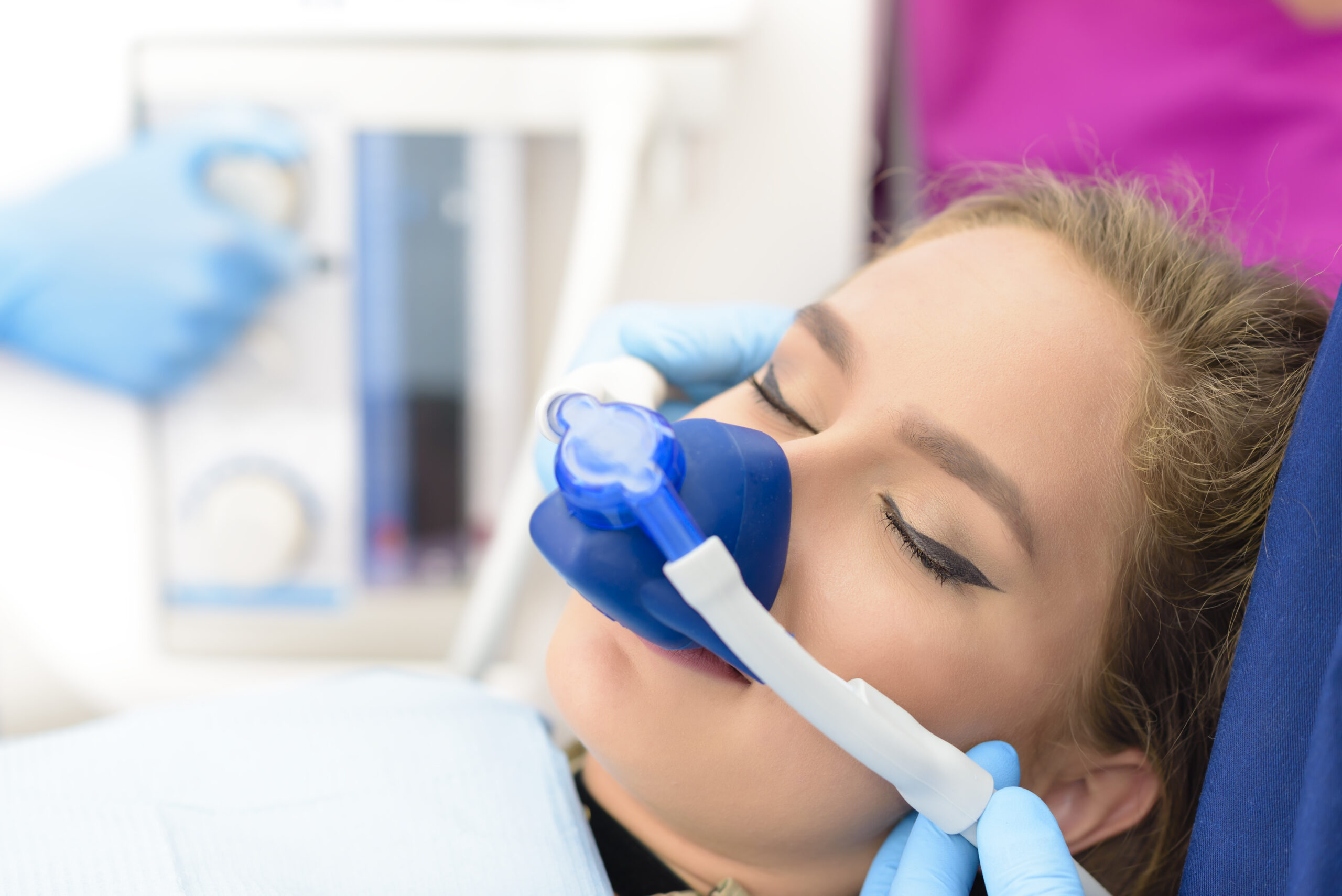Dental sedation is a critical tool used by dentists to manage pain and anxiety during dental procedures. From simple teeth cleaning to more invasive procedures like tooth extractions or root canals, sedation helps to provide a more comfortable experience for patients. However, the safety of dental sedation is paramount and depends on several key factors. Understanding these factors is essential for dental professionals to ensure that sedation is administered safely and effectively.
Understanding the Types of Dental Sedation
Dental sedation encompasses various levels, ranging from mild sedation with nitrous oxide (“laughing gas”) to deep sedation using oral or IV sedatives. Each type has specific indications, benefits, and risks. Mild sedation is often sufficient for patients with mild anxiety and involves minimal risk, whereas moderate to deep sedation may be required for more extensive procedures or for patients with significant dental phobia.
Patient Assessment and History
Before administering any type of sedation, a comprehensive patient assessment is crucial. This assessment should include a detailed medical history, including any medications the patient is taking, allergies, past reactions to anesthesia, and any existing medical conditions. This information helps in choosing the safest and most effective sedation method. Additionally, assessing the patient’s anxiety level and understanding their previous experiences with dental work can guide the dentist in tailoring the sedation approach.
Training and Certification of Dental Professionals
The safety of dental sedation significantly depends on the expertise and training of the dental professional administering it. Dentists and dental assistants involved in sedation dentistry must undergo specialized training and certification to understand the pharmacology of sedatives, the physiological responses to sedation, and emergency procedures. Many regions require specific credentials to perform certain types of sedation, underscoring the importance of professional education and adherence to regional guidelines.
Monitoring and Equipment
Continuous monitoring of the patient’s vital signs during sedation is essential for safety. Modern dental practices equipped with advanced monitoring equipment can track oxygen levels, blood pressure, pulse, and respiratory rates. Such monitoring helps in early detection of any adverse reactions or complications. Also, having emergency resuscitation equipment readily available is critical in an unexpected sedation reaction.
Dosage and Administration
The correct dosing of sedatives is critical to ensure the safety and effectiveness of dental sedation. Over-sedation can lead to complications such as respiratory distress, while under-sedation may not adequately relieve anxiety or pain. Dentists must carefully calculate and administer the dose based on the patient’s weight, age, medical history, and current health status. Furthermore, the sedation timing should be carefully planned to match the procedure’s duration.
Communication and Patient Education
Effective communication between the dental team and the patient is another vital factor in the safety of dental sedation. Patients should be fully informed about the risks and benefits of sedation, what to expect during the procedure, and the recovery process. Clear instructions on pre-procedure preparation and post-procedure care can significantly enhance safety outcomes. Patients should also feel comfortable asking questions and expressing any concerns they might have about their sedation or the procedure.
Post-Procedure Monitoring
After the dental procedure, patients should not be discharged immediately. Post-procedure monitoring is important to ensure that patients recover adequately from the effects of sedation. Recovery environments should be calm, comfortable, and under the supervision of trained staff who can recognize and respond to any complications.
Conclusion
The safety of dental sedation hinges on multiple interconnected factors. By rigorously assessing patients, ensuring dental professionals are well-trained, utilizing appropriate monitoring equipment, carefully managing sedation dosages, maintaining open lines of communication, and monitoring patients’ post-procedure, dental practices can safeguard patient health and enhance the overall success of dental procedures.
